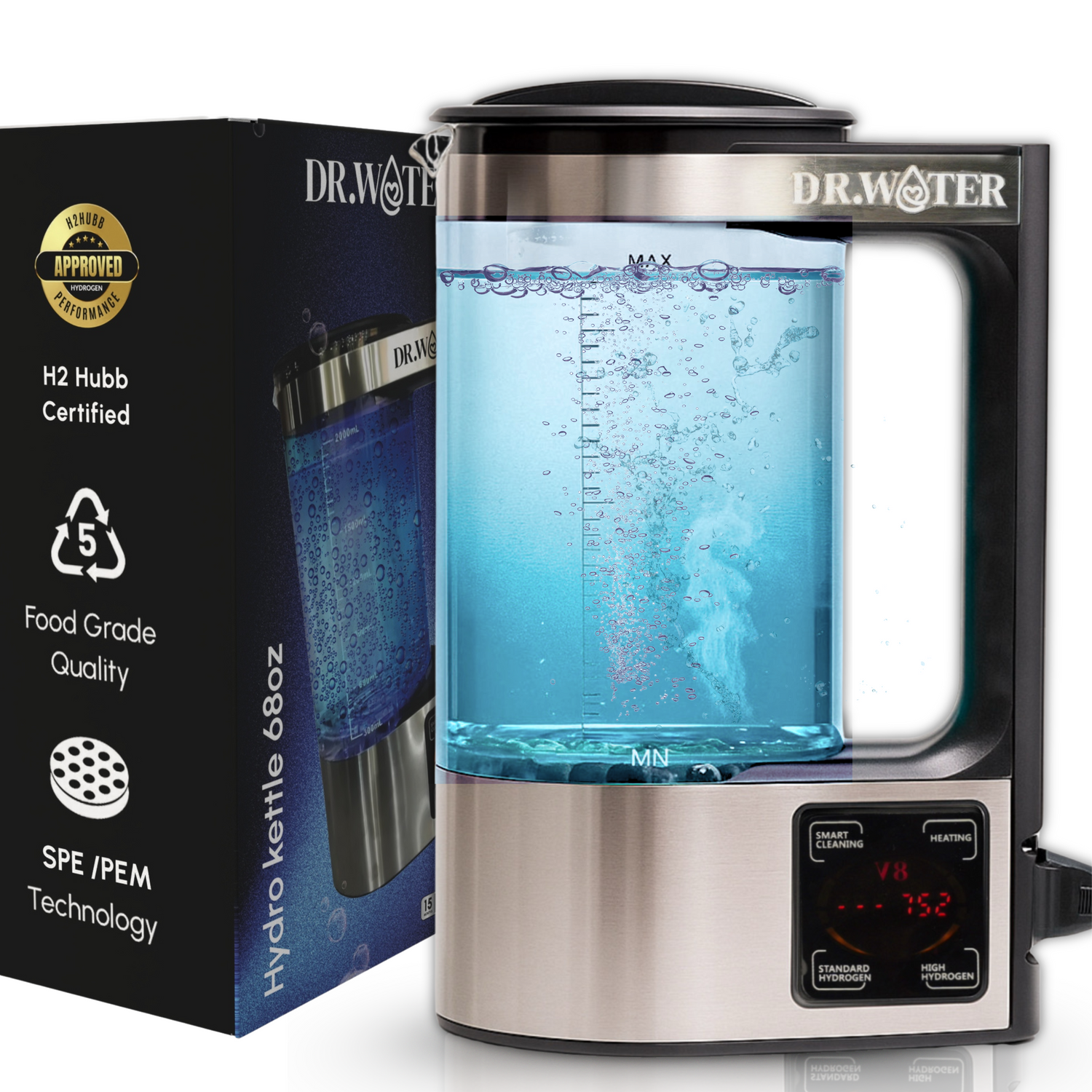
Are Reusable Plastic Water Bottles Safe? Here's What You Need to Know
Share
Summary
|
With growing awareness about plastic pollution and sustainability, more people are switching to reusable bottles. But a common question still lingers: are reusable plastic water bottles safe?
While they do reduce single-use waste, not all plastics are created equal. Some can pose health risks if not used or maintained correctly. This guide breaks down what you need to know to stay safe, hydrated, and eco-conscious.
What Makes Reusable Plastic Bottles Potentially Unsafe?
The safety of reusable plastic bottles hinges on the type of plastic used and how the bottle is maintained. Here are some key risks to be aware of:
- BPA and Chemical Leaching: Older plastic bottles may contain BPA, a chemical that can leach into your water, especially when exposed to heat.
- Microbial Growth: If not cleaned regularly, plastic bottles can become breeding grounds for bacteria.
- Degradation Over Time: Repeated washing, scratches, and UV exposure can cause plastic to break down and release unwanted chemicals.
So the short answer to are reusable plastic water bottles safe is: it depends. With the right materials and usage, they can be.
Safer Types of Plastic to Look For in Reusable Water Bottles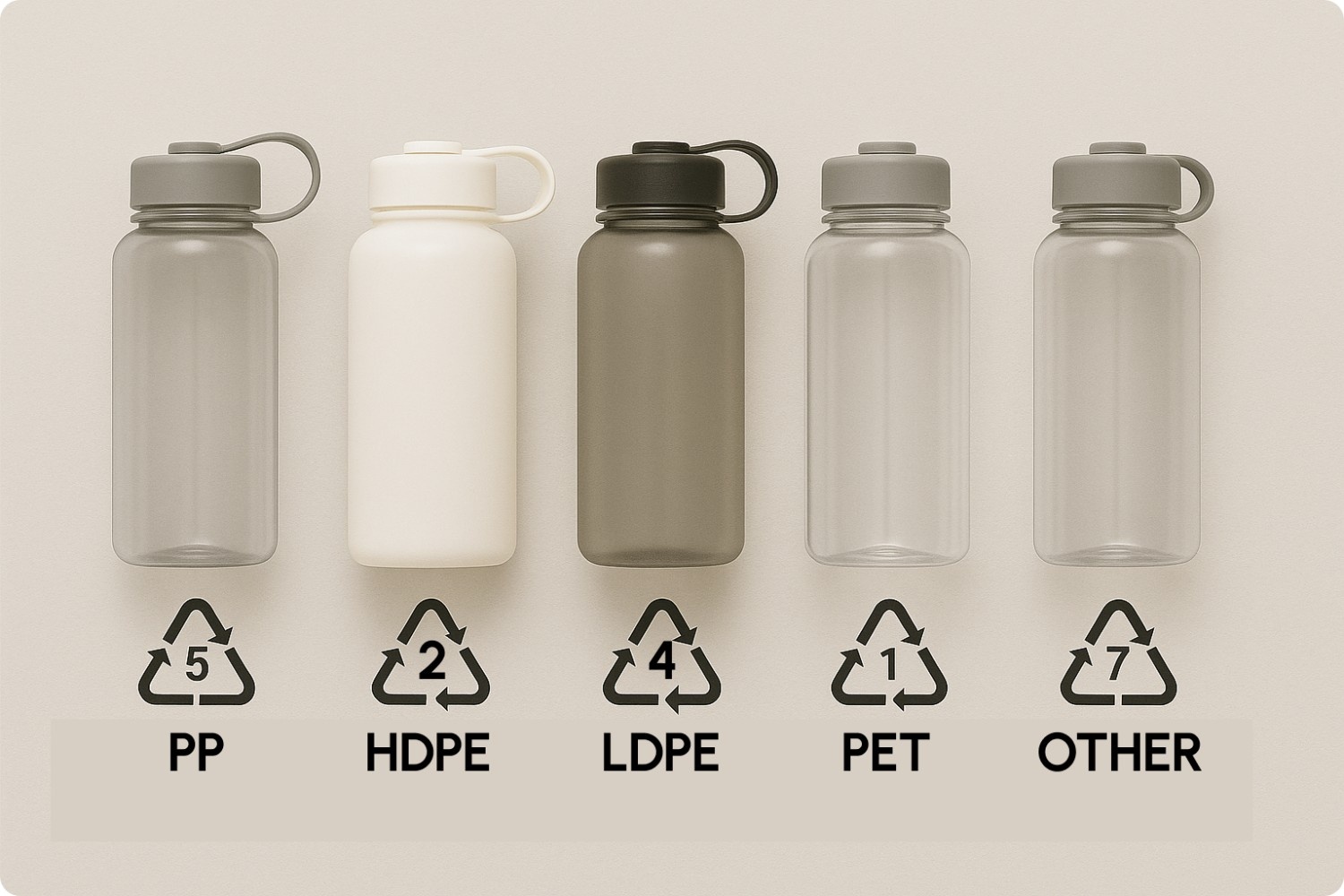
When selecting a reusable plastic bottle, it's important to understand the recycling codes to ensure safety:
- #5 (Polypropylene - PP): Often considered one of the safest plastics for food and beverage storage due to its stability and resistance to heat.
- #2 (High-Density Polyethylene - HDPE): Commonly used for milk jugs and detergent bottles, HDPE is durable and has a low risk of leaching chemicals.
- #4 (Low-Density Polyethylene - LDPE): Found in some squeeze bottles and bags, LDPE is flexible and generally considered safe, though it's less commonly used for reusable bottles.
- #1 (Polyethylene Terephthalate - PET): Widely used for single-use water bottles, PET is lightweight and recyclable but may degrade over time, making it less ideal for repeated use.
- #7 (Other): This category includes various plastics, some of which may contain BPA or other harmful chemicals. Unless labeled as BPA-free, it's advisable to avoid #7 plastics for food and beverage storage.
By checking the recycling number on the bottom of plastic containers, you can make informed choices about the safety and suitability of the materials for your hydration needs.
How to Use Reusable Plastic Bottles Safely?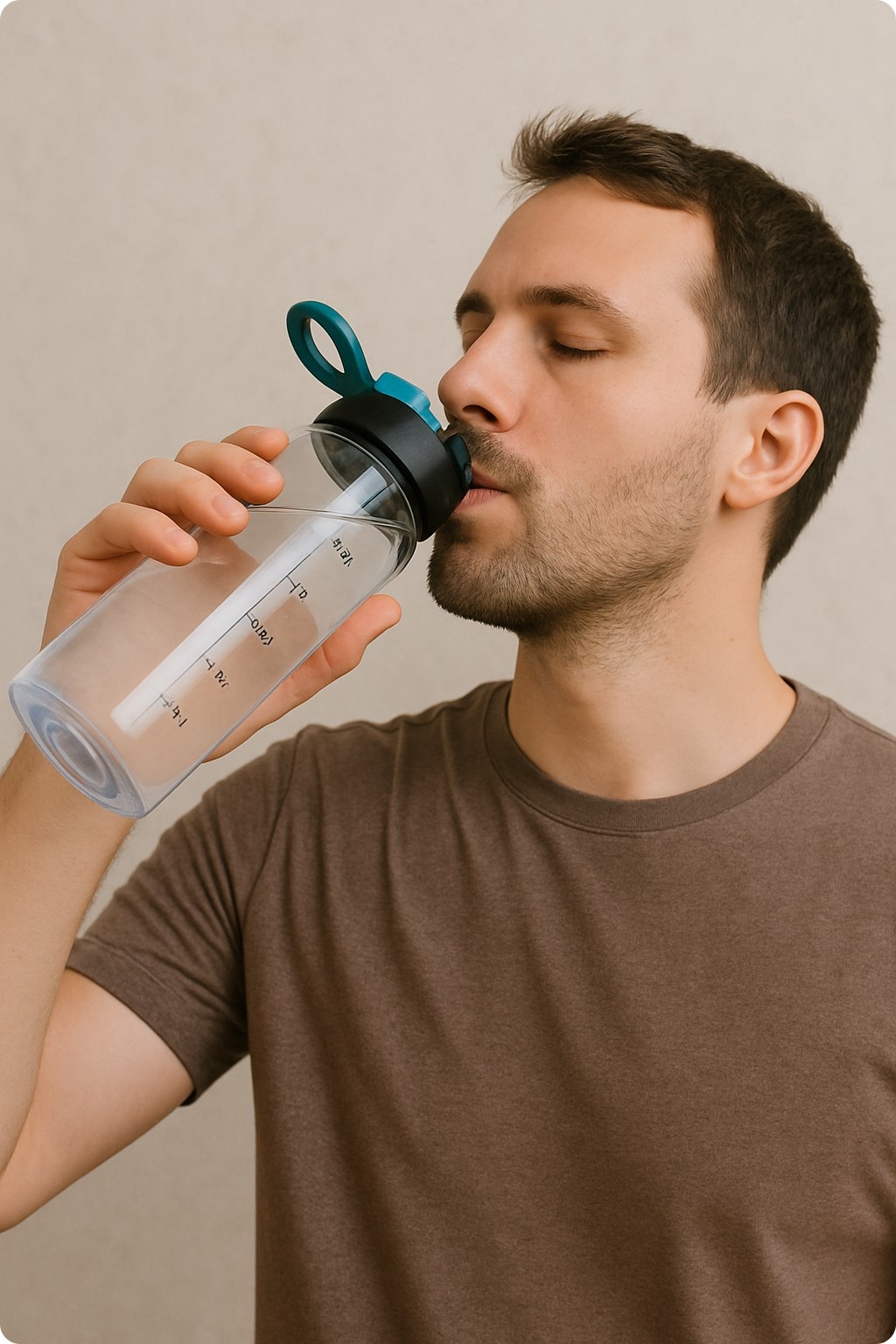
Plastic bottles can be convenient, but they need a little extra care to stay safe and hygienic:
- Wash them daily: Use warm, soapy water or a bottle brush to prevent bacteria buildup.
- Keep them away from heat: Don’t leave them in a hot car or pour in boiling water as plastic can warp or leach chemicals.
- Watch for wear and tear: If you notice scratches, discoloration, or a cloudy look, it’s probably time to swap it out.
- Stick to water: Avoid using plastic bottles for hot drinks or acidic liquids like juice or lemon water, which can break down the material faster.
Over time, even the best plastic bottles can wear down. That’s why many people choose to upgrade to something sturdier, like glass or stainless steel, for better durability and peace of mind.
Smarter Ways to Care for Your Plastic Water Bottle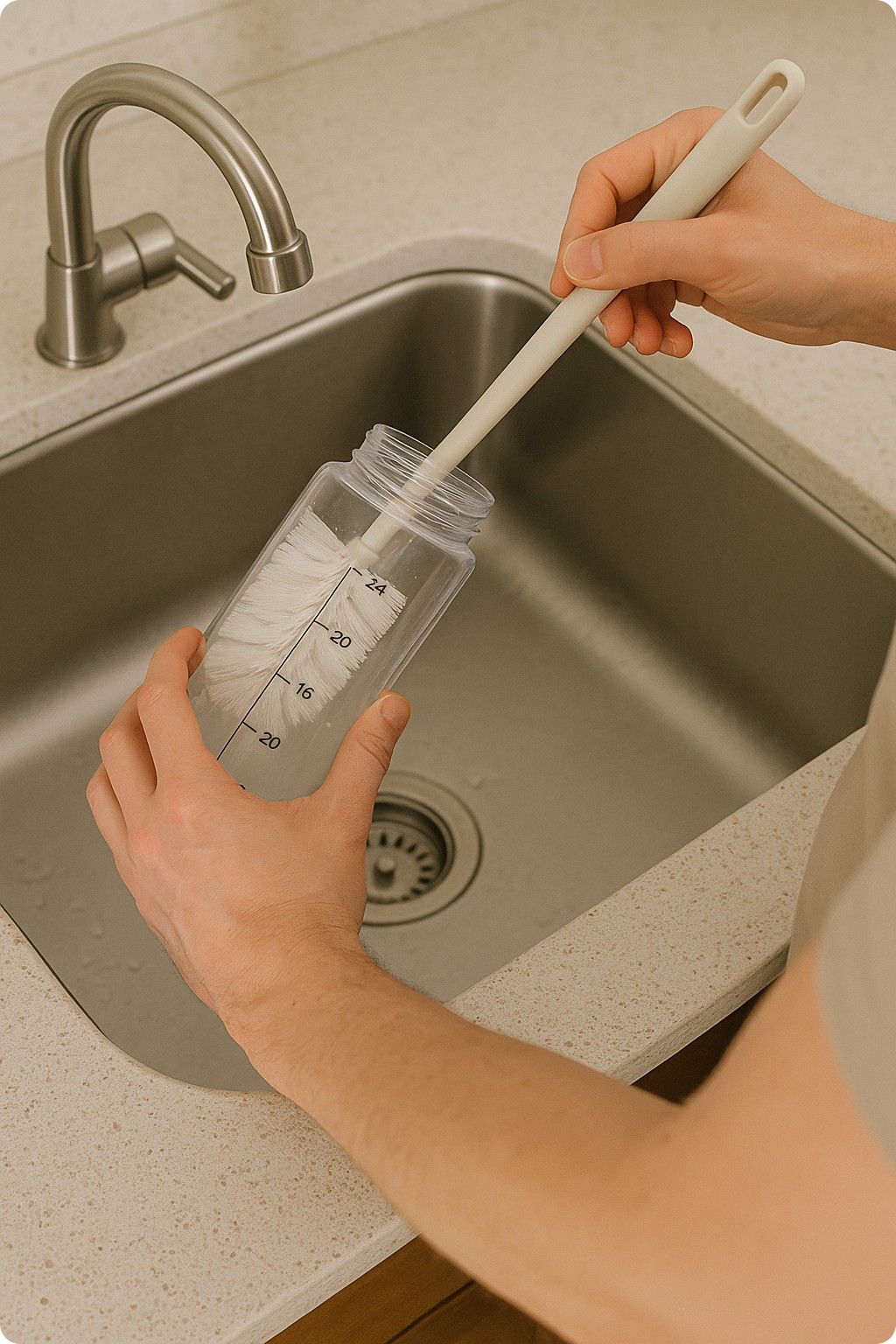
Even BPA-free plastic bottles need more than a quick rinse. Here are some often-missed tips to keep yours in top shape:
- Rotate between bottles: Give each one time to dry completely and reduce bacteria buildup from constant use.
- Check hidden spots: Gaskets, flip lids, and straws can trap moisture and mold, take them apart regularly to clean thoroughly.
- Avoid flavored powders or sugary drinks: These can leave behind residue that feeds bacteria and causes odors.
- Use cold or room-temp water: Heat can speed up plastic degradation over time, even in bottles marked “safe.”
- Label your bottle: Especially helpful in shared spaces to avoid mix-ups or accidental sharing.
- Inspect monthly: Look for hairline cracks or dulling, these can harbor bacteria even if they’re hard to see.
Proper maintenance extends your bottle’s lifespan and helps you stay hydrated without second-guessing safety. It’s important to follow these tips to keep your reusable plastic bottles as safe as you can for regular usage.
Now, let’s discuss an alternative material to plastic bottles and why it’s so popular,
Why Are Some People Switching to Safer Materials?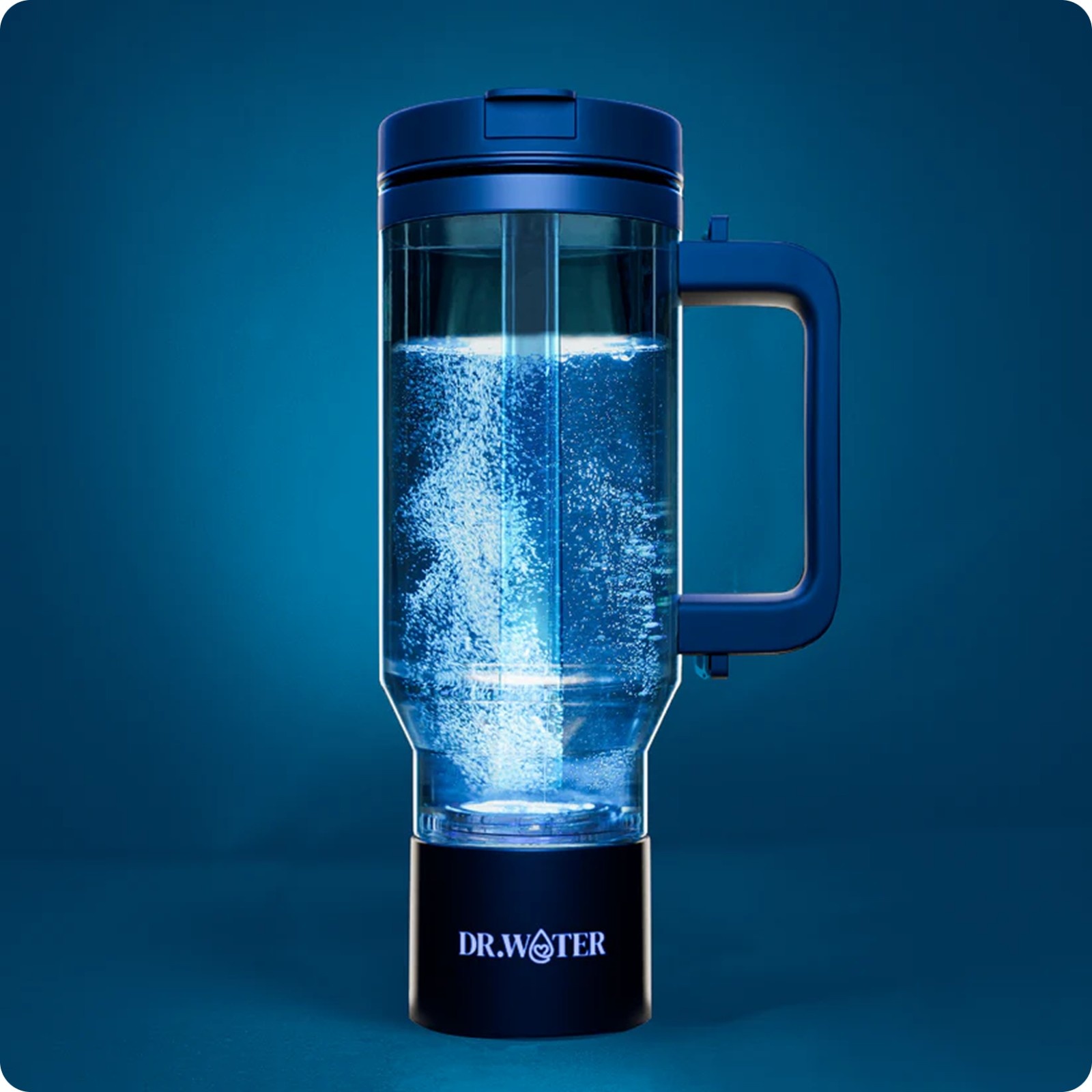
If you’ve ever asked yourself “Are reusable plastic bottles really safe?” You’re not alone. More people are looking for alternatives that skip the chemicals and hold up better over time.
Glass, especially borosilicate glass, is becoming a top choice because it’s:
- Free from BPA, lead, and other harmful leaching chemicals
- Naturally odor and stain-resistant
- Easy to clean and doesn’t affect taste
That’s exactly what makes the Dr. Water’s HydroStanley stand out. Made from BPA-free borosilicate glass, it delivers clean-tasting, hydrogen-rich water without the health worries.
In fact, the hydrogen rich water is known for its many health benefits with consistent use. It’s a smart upgrade for anyone who wants hydration that’s safe, stylish, and backed by thoughtful design.
Conclusion
So are reusable plastic water bottles safe? Yes, but only when made from the right materials, used correctly, and cleaned regularly. If you want a low-maintenance option with zero compromise on safety and performance, a borosilicate glass model like Dr. Water’s HydroStanley is worth considering.
It’s a complete package and comes with added benefits of antioxidant rich hydrogen water. After all, hydration shouldn't come with health risks. Get it today!
Frequently Asked Questions
1. Is it safe to reuse a single-use plastic water bottle?
Technically, you can reuse them a few times, but it's not ideal. Single-use bottles (usually made from PET plastic) degrade faster, especially when exposed to heat or washed repeatedly. They’re more likely to leach chemicals or harbor bacteria in hard-to-clean crevices, making them a less safe option for regular use.
2. How often should I replace my reusable plastic bottle?
Reusable doesn’t mean forever. Over time, scratches, discoloration, and odors can indicate bacterial buildup or plastic degradation. If the bottle starts to smell, stain, or warp, it’s time for a replacement. It’s typically every 6 to 12 months depending on use and material.
3. Are scratches inside the bottle dangerous?
Yes, they can be. Tiny scratches can trap bacteria and make thorough cleaning difficult. In lower-grade plastics, deep scratches might also release microplastics or accelerate material breakdown, especially when exposed to acidic drinks or heat.
